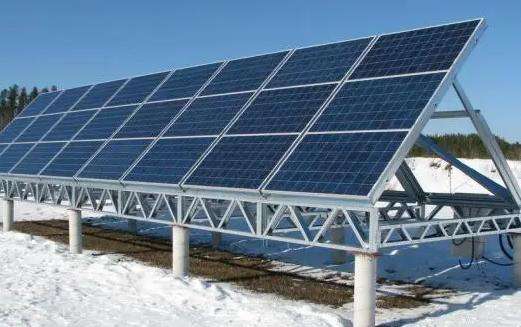Magnesium oxide can react with water for sure!
Chemical reaction equation: MgO + H2O (boiling water) = =Mg(OH)2, you can add drop phenolphthalein into the reacted solution. The test solution shows a light red color.
Since the magnesium hydroxide generated by the reaction of magnesium oxide and water is difficult to dissolve in water, it lies on the surface of magnesium oxide, which prevents further reaction between magnesium. oxide and water. Therefore, at room temperature, the reaction between magnesium oxide and water is very slow and weak.
Chemical primary battery: Magnesium/H2O2 acid fuel cell uses sea water as an electrolyte (by adding a certain amount of water). acid). Which of the following statements is incorrect?
MgO does not react with water. The solubility of magnesium oxide in water is 0.00062 g/100 mL (0 °C).
When magnesium oxide is exposed to air, it readily absorbs moisture and carbon dioxide and gradually becomes basic magnesium carbonate. The lighter product is faster than the heavier product. It combines with water under certain conditions to form magnesium. hydroxide, which is a slightly alkaline reaction, the pH of the saturated aqueous solution is 10.3.
Soluble in acid and ammonium salt, insoluble in water, its solution is alkaline. Insoluble in ethanol. It has strong refractive properties in the visible and near ultraviolet range. Magnesite (MgCO3), dolomite (MgCO3·CaCO3) and seawater are the main raw materials for the production of magnesium oxide.
Magnesia is obtained by thermal decomposition of magnesite or dolomite. Treat seawater with slaked lime to obtain magnesium hydroxide precipitate and burn magnesium hydroxideum to obtain magnesium oxide. Magnesium chloride brine block obtained from the complete utilization of sea water or brine after bromine extraction can also be used as raw materials, and sodium hydroxide or sodium carbonate is added to form a precipitate of basic magnesium hydroxide or magnesium carbonate, which is then burned to obtain magnesium oxide. China mainly uses magnesite, dolomite, brine or brine blocks as raw materials.
Detailed information:
1. One of the main uses of magnesium oxide is as a flame retardant. Traditional flame retardant materials are widely used in combination with halogen-containing polymers or halogen-containing flame retardants. .ign mixifuge.
2. Another use of magnesium oxide is that it can be used as a neutralizing agent. Magnesium oxide is alkaline and has good adsorption properties. It can be used for acidic waste gas, sewage treatment, heavy metals and. processing organic waste like these, with the improvement of environmental protection requirements, domestic demand is increasing rapidly.
3. Finely pressed magnesium oxide can be used as optical coatings. The coating is transparent when its thickness is between 300 nanometers and 7 millimeters. A 1mm thick coating has a refractive index of 1.72.
4. Used for rock climbing to absorb hand sweat. (Note: Inhalation of magnesium oxide vapor may cause metal fume illness.)
5. Mainly used to prepare oral medicines. stomach acid. THEs commonly used preparations include: milk of magnesia - emulsion; magnesium tablets - each tablet contains antacid powder - magnesium oxide and carbonic acid; Powder obtained by mixing sodium and hydrogen, etc.
6. Light magnesium oxide is mainly used as a raw material for the preparation of ceramics, enamel, refractory crucibles and refractory bricks. It is also used as a polishing agent, as a filler for paper, and as an accelerator and activator for chloroprene rubber and fluoro rubber.
Baidu Encyclopedia - Magnesium Oxide
Answer A is that magnesium exists in the form of magnesium ions after the final reaction and does not generate hydrogen Magnesium oxide, so A is false. Option C Magnesium exists in the battery as a negative electrode, so during operation the magnesium loses electrons to form magnesium ions which will hydrolyze in water and remove the hydroxide ions, so the pH of the negative electrode will decrease.














